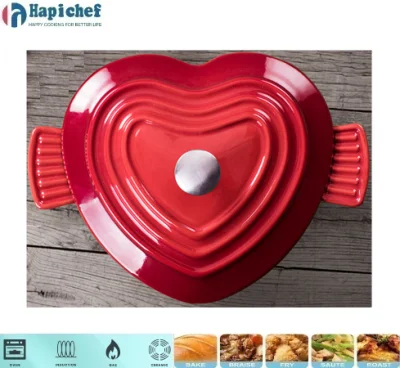The Versatile Cooking Power of Cast Iron Skillets for Every Kitchen Task
The Cast Iron Skillet A Timeless Kitchen Essential
In the world of cooking, few items have endured through generations like the cast iron skillet. This remarkable piece of cookware has been a staple in kitchens for centuries, revered for its durability, versatility, and unique cooking properties. Whether you are an amateur home cook or a professional chef, having a cast iron skillet in your kitchen arsenal can elevate your culinary experience.
History and Heritage
The origins of the cast iron skillet date back to ancient China, but it became particularly popular in the United States during the 19th century. The material itself—cast iron—has fantastic heat retention and distribution capabilities, making it perfect for various cooking techniques. Initially, these skillets were produced for their ability to withstand high cooking temperatures and were seen as a reliable tool for frying, baking, and sautéing.
Many families have pass-down heirlooms of cast iron skillets, each bearing the marks of countless meals. These skillets often come with a rich history, collecting stories and scratches over time as they have been handed down from one generation to the next.
Benefits of Cast Iron Cookware
One of the standout features of a cast iron skillet is its unmatched heat retention. Unlike other materials, cast iron evenly distributes heat, which helps in achieving a perfect sear on meats or an even cook on basmati rice. Additionally, cast iron skillets can be used on the stovetop and transferred to the oven, blending the lines between different cooking methods seamlessly.
Another significant advantage is the health aspect. When properly seasoned, cast iron skillets can add trace amounts of iron to your food—a mineral essential for our bodies. This can be particularly beneficial for individuals with iron deficiencies.
Cast iron skillets are also incredibly versatile. They can be used for a range of cooking tasks frying chicken, baking cornbread, roasting vegetables, and even preparing desserts like a classic skillet cookie. You can cook on the stovetop, bake in the oven, or even use it over an open flame, making it an ideal choice for camping and outdoor cooking, too.
the cast iron skillet

Care and Maintenance
To ensure your cast iron skillet lasts a lifetime, it's crucial to properly care for it. After each use, clean the skillet without using soap, as it can strip away the seasoning. Instead, use a coarse salt scrub or just hot water. Dry it thoroughly and apply a thin layer of oil to prevent rust.
Seasoning your skillet is essential, as it creates a non-stick surface and enhances its natural cooking properties. To season, heat the skillet on low, allow it to cool slightly, and then apply a layer of vegetable oil before wiping away any excess. Over time, this build-up of oil transforms into a natural non-stick surface that can withstand high heat.
The Culinary Experience
Cooking with a cast iron skillet transforms the entire experience. The clanking sound as you place it on the stovetop, the aroma of sizzling ingredients, and the satisfaction of serving a dish cooked in sturdy, time-honored cookware provide a sense of authenticity and connection to culinary traditions.
Moreover, food cooked in cast iron often has a unique flavor profile that is hard to replicate. Many chefs and home cooks appreciate the subtle differences in taste that come from cast iron, leading to dishes that are not only delicious but also embody a sense of history.
Conclusion
The cast iron skillet is more than just a cooking tool; it is a symbol of culinary heritage, a vessel of tradition, and a testament to the power of simple materials turned into a beloved kitchen essential. With its myriad benefits and versatility, a cast iron skillet deserves to be cherished and used frequently in kitchens today. Whether you're frying up a family favorite or experimenting with a new recipe, the cast iron skillet will always be there, a steadfast companion through every culinary adventure.
-
Why Every Home Cook Needs a Cast Iron Meat PressNewsNov.12,2024
-
Unlock Perfectly Seared Steaks with the Cast Iron Meat PressNewsNov.12,2024
-
Master the Art of Cooking Thick Cuts of Meat with a Cast Iron Meat PressNewsNov.12,2024
-
How to Care for Your Cast Iron Meat Press: Tips for Longevity and PerformanceNewsNov.12,2024
-
How a Cast Iron Meat Press Enhances the Flavor and Texture of Your BurgersNewsNov.12,2024
-
Roasting Pan for Perfect MealsNewsNov.04,2024
-
Perfect Skillet for SaleNewsNov.04,2024
